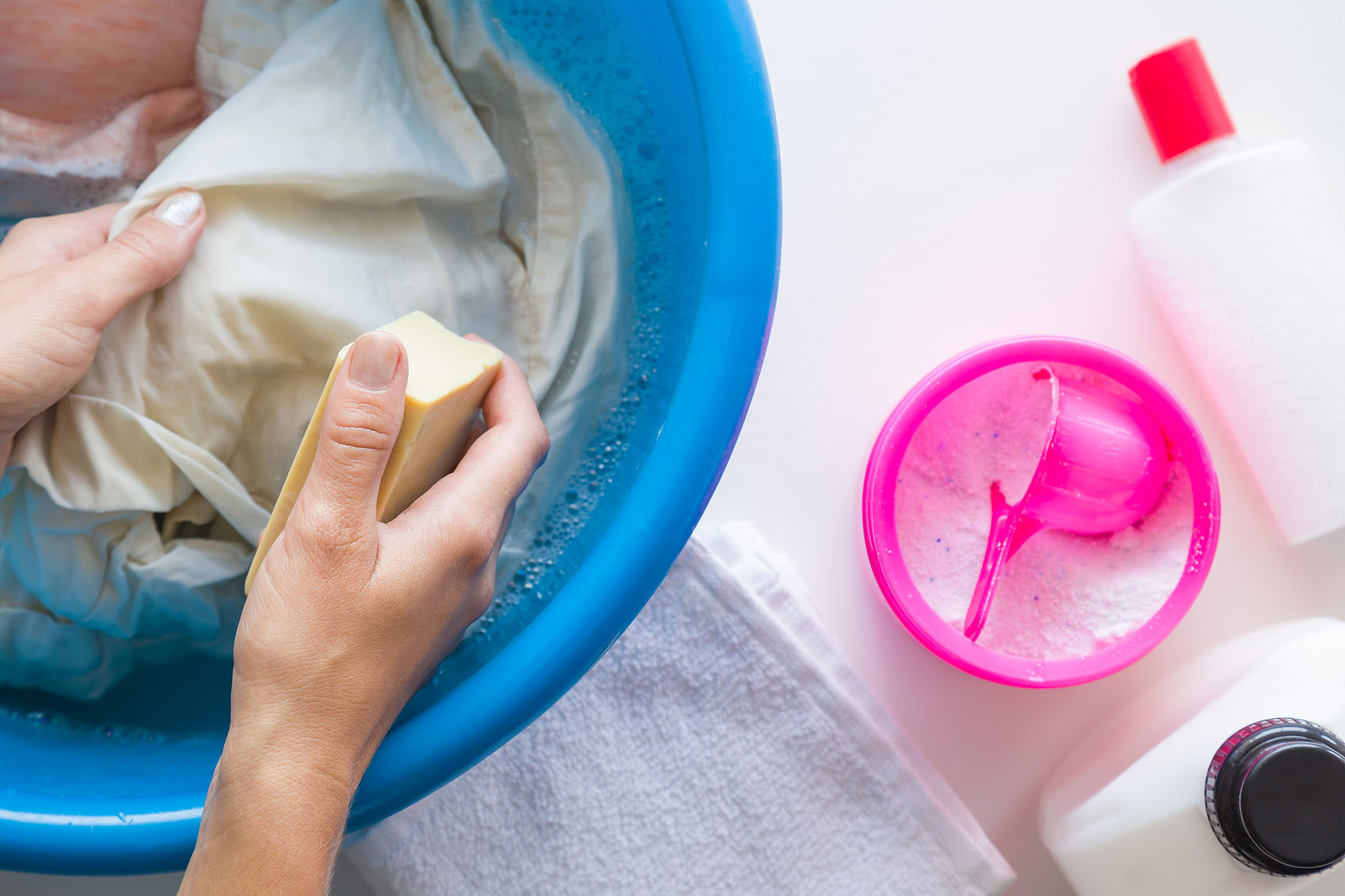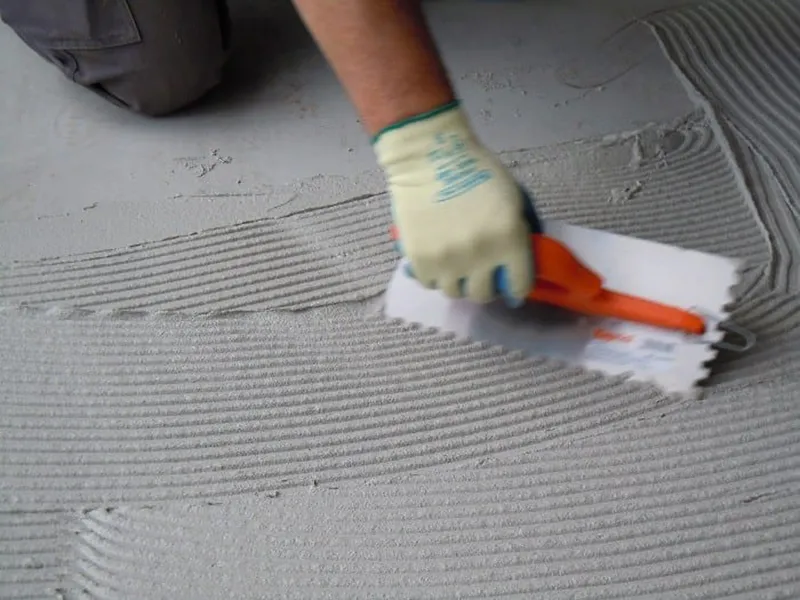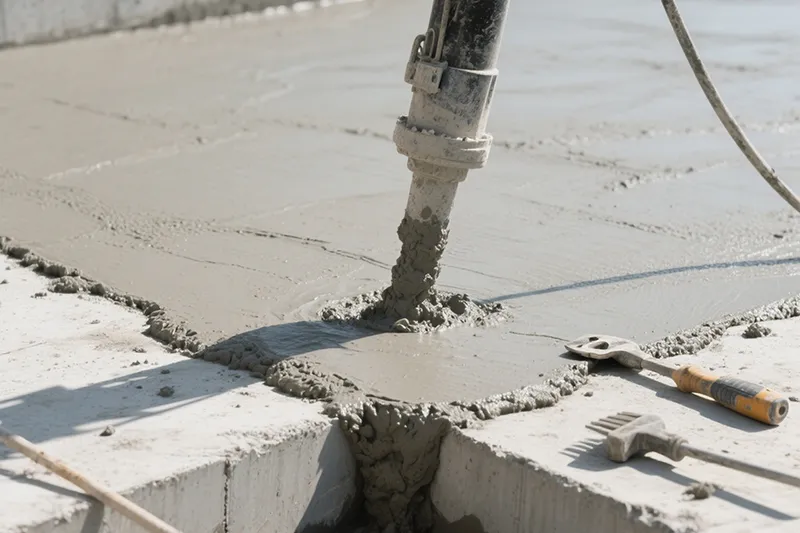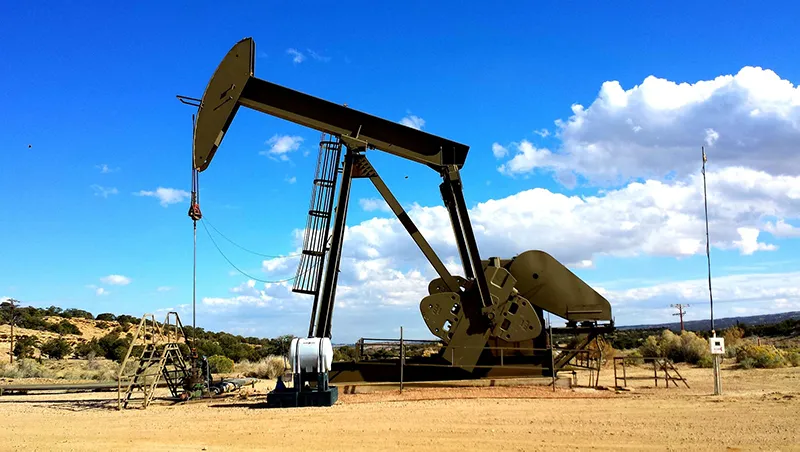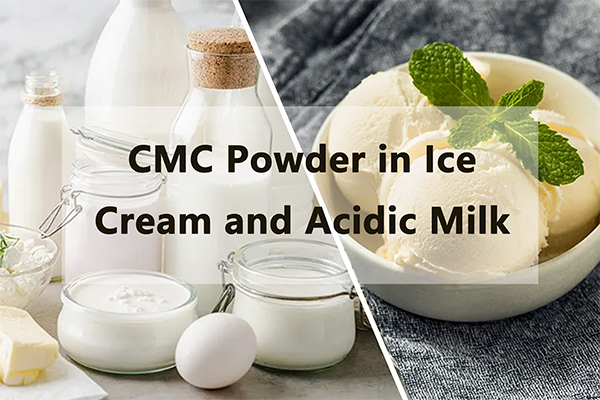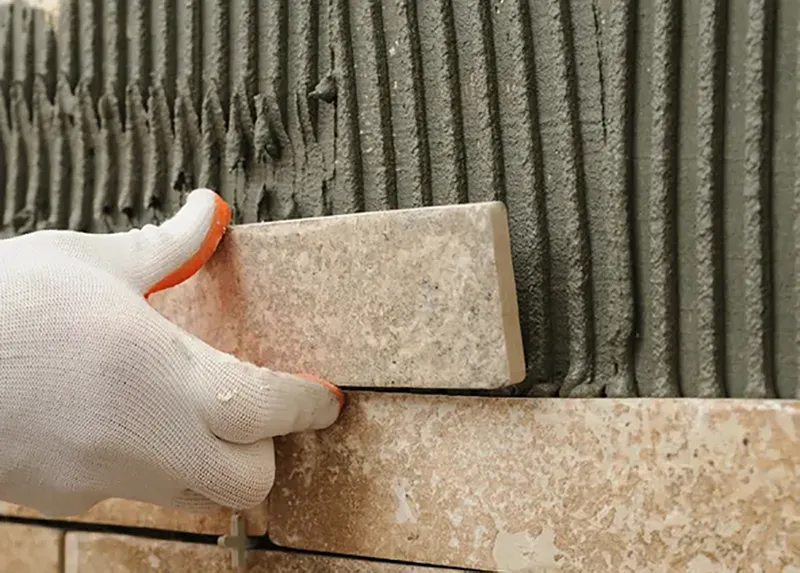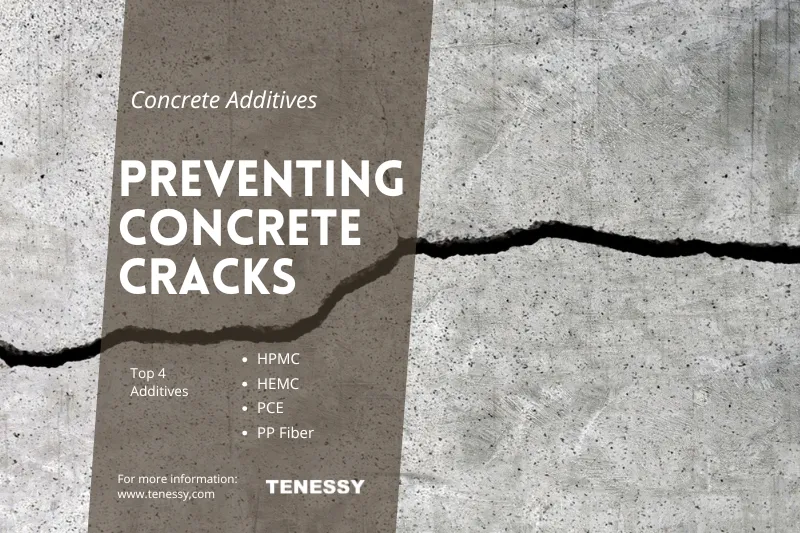
Cracking is one of the most common and costly problems in concrete construction. It affects not only the appearance but also the durability, waterproofing performance, and long-term strength of concrete structures. Fortunately, with the right concrete additives to prevent cracking, you can significantly reduce crack formation and improve the overall quality of your mix.
In this guide, we explore four of the most effective concrete additives used by professionals worldwide: HPMC, HEMC, PP fiber, and PCE superplasticizers. Whether you’re looking for a concrete fiber additive, a waterproof concrete additive, or need to improve concrete performance in cold weather or under fast curing conditions, this article offers the solutions you need.
I.Why Concrete Cracks?
Concrete is a complex material. It shrinks as it dries, reacts to temperature changes, and can suffer from plastic shrinkage, thermal stress, and moisture loss. Without proper mix design and additives, these natural behaviors can result in:
Surface hairline cracks
Shrinkage cracks
Thermal cracking
Structural stress failures
That’s where concrete additives to prevent cracking come in. These specialized additives are added during mixing to control moisture, improve flexibility, reduce shrinkage, and enhance internal strength.
II.Top 4 Concrete Additives to Prevent Cracking
1.HPMC (Hydroxypropyl Methylcellulose) -- superior water retention
In dry-mixed mortar and self-mixed concrete, the surface quickly loses moisture after construction, resulting in plastic shrinkage cracks. Construction workers report poor workability and poor adhesion, especially in windy or dry conditions.
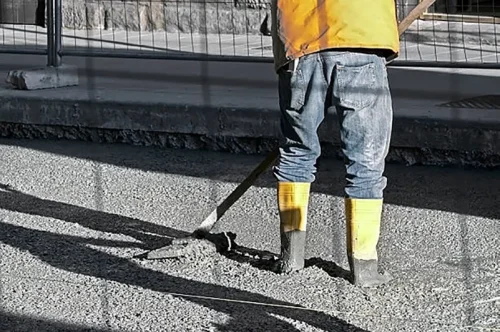
Why is this critical for preventing cracks?
Rapid water loss can cause plastic shrinkage cracking in concrete before it hardens. By retaining moisture in the mixture for a longer period, HPMC enables cement to harden more uniformly and reduces the risk of surface cracking.
HPMC also improves concrete workability, making pouring and finishing easier. It plays a supplementary role in systems requiring waterproof concrete additives, as well-hydrated matrices have lower porosity and greater resistance to water penetration.
Application scenarios:
Ready-mix concrete, plastering mortar, and dry-mix formulations in moderate temperature environments.
Important note:
HPMC is sensitive to high temperatures. In hot climates, HEMC is the preferred choice due to its superior thermal stability.
2.HEMC (Hydroxyethyl Methylcellulose) – for hot weather concrete
HEMC is a cellulose ether with a similar structure to HPMC, but engineered for better performance in high-temperature and alkaline conditions.In tropical regions or summer pours, HEMC enhances water retention when it’s needed most. It’s a top-performing waterproof concrete additive and ideal for minimizing cracks caused by thermal movement and uneven hydration.
How it prevents cracking:
Prevents rapid water evaporation in hot and windy environments, reducing plastic shrinkage.
Maintains uniform curing, minimizing thermal cracking and internal stress.
Offers better open time, which is essential for large pours or hot weather finishing.
Best for:
Construction in hot climates, mass pours, and pumpable concrete.
3.Polypropylene Fiber (PP Fiber) — prevents microcrack propagation
Micro-cracks caused by internal drying shrinkage and temperature stress in concrete are difficult to detect with the naked eye, but they tend to expand over time, especially in large-volume structures such as floors, tunnels, and bridges, where they often form a network of cracks.
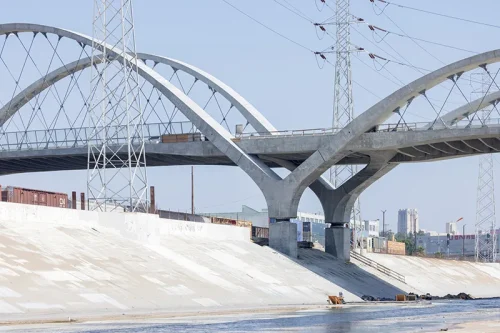
As a highly effective concrete fiber additive, PP fiber controls early-age cracking without affecting slump. It offers uniform reinforcement across the matrix and reduces the need for traditional steel mesh in many applications.
How it prevents cracking:
Reduces plastic shrinkage cracking during initial curing.
Increases tensile strength and ductility, helping the concrete withstand stress.
Improves resistance to impact, abrasion, and freeze-thaw cycles.
Best for:
Industrial floors, roadways, bridge decks, tunnels, precast elements, shotcrete.
4.PCE (Polycarboxylate Superplasticizer) — controlling water ratio, improving strength
In winter or humid weather, concrete sets slowly and demolding is delayed, seriously affecting construction progress. Some projects need early-strength, fast-drying concrete to meet deadlines, but if it dries too quickly, it is prone to cracking.
How it prevents cracking:
Reduces water content without compromising workability, minimizing drying shrinkage cracks.
Allows for fast curing or slow setting depending on project needs (with early- or delayed-strength variants).
Promotes dense particle packing, reducing internal voids and microcracks.
Best for:
High-performance concrete, precast elements, fast-track construction, and cold weather applications with tailored setting control.
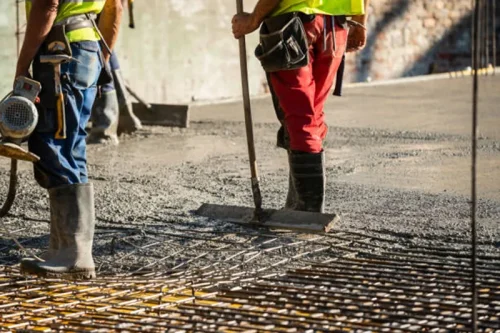
III.How to Choose the Right Anti-Cracking Additive?
Each additive solves a specific “crack problem”. Choosing the right additive depends on your environmental conditions, concrete type, performance expectations, and production setup.
|
Additive |
Function |
Ideal Environment |
|
HPMC |
Moisture retention, shrinkage control |
Standard temperatures, dry conditions |
|
HEMC |
Heat-stable moisture control |
Hot climates, high-temp applications |
|
PP Fiber |
Micro-crack resistance, impact strength |
Slabs, industrial floors, precast parts |
|
PCE |
High strength, reduced water, fast set |
Cold weather, fast-track projects |
Still not sure which additive is right for your mix design? Feel free to contact our experts for customized advice and concrete recipe design.





